- Tel: 718-748-5700
- DrSciortinoMD@gmail.com
- 914 Bay Ridge Parkway, Brooklyn, NY 11228

Services
- Home
- Services
Our Services
About Eye Disease & Surgery
What are cataracts?
A cataract is a cloudy area in the lens of your eye(the clear part of the eye that helps to focus light). Cataracts are very common as you get older. In fact, more than half of all Americans age 80 or older either have cataracts or have had surgery to get rid of cataracts.
At first, you may not notice that you have a cataract. But over time, cataracts can make your vision blurry, hazy, or less colorful. You may have trouble reading or doing other everyday activities.
Over time, cataracts can lead to vision loss.
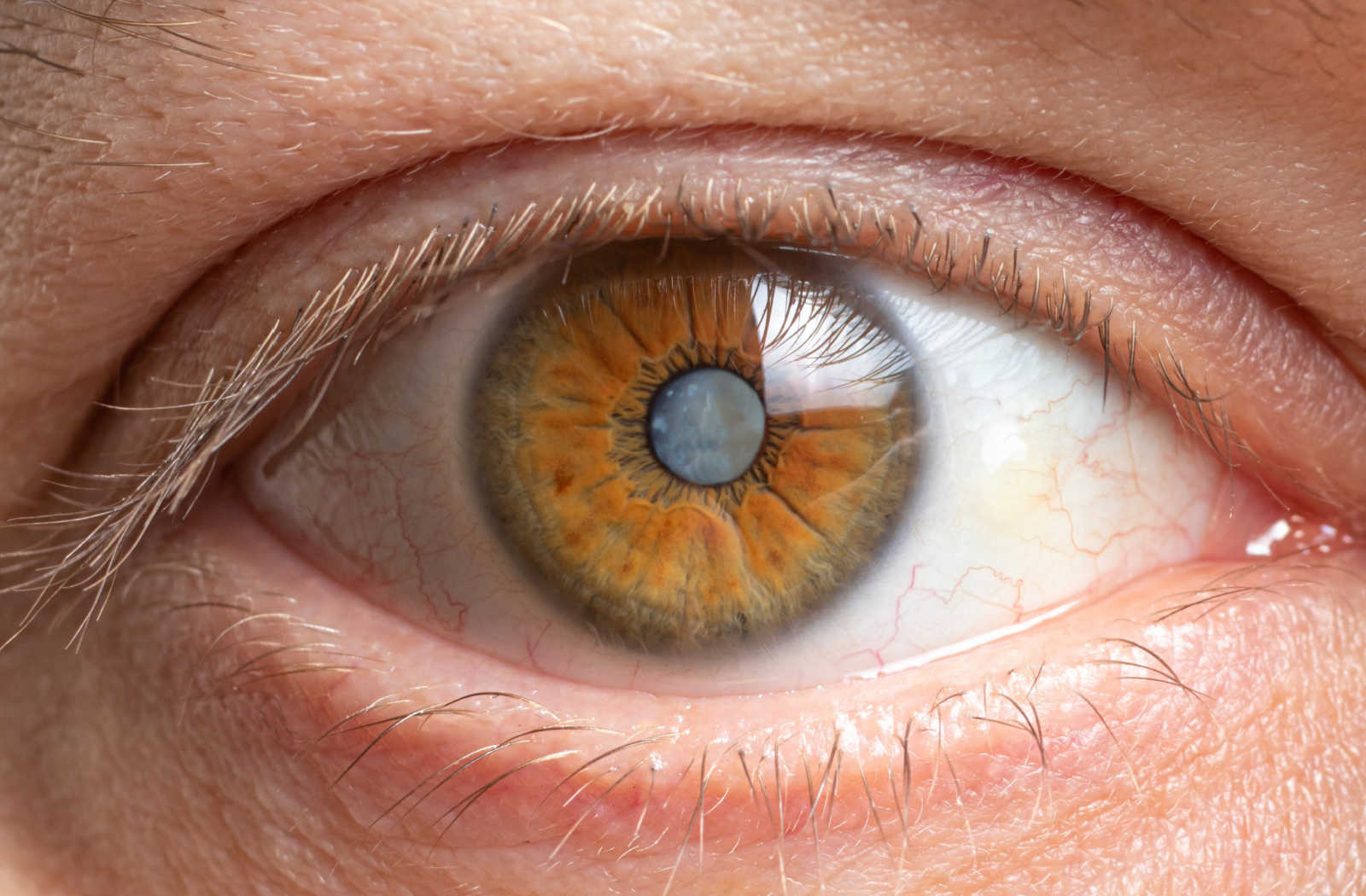
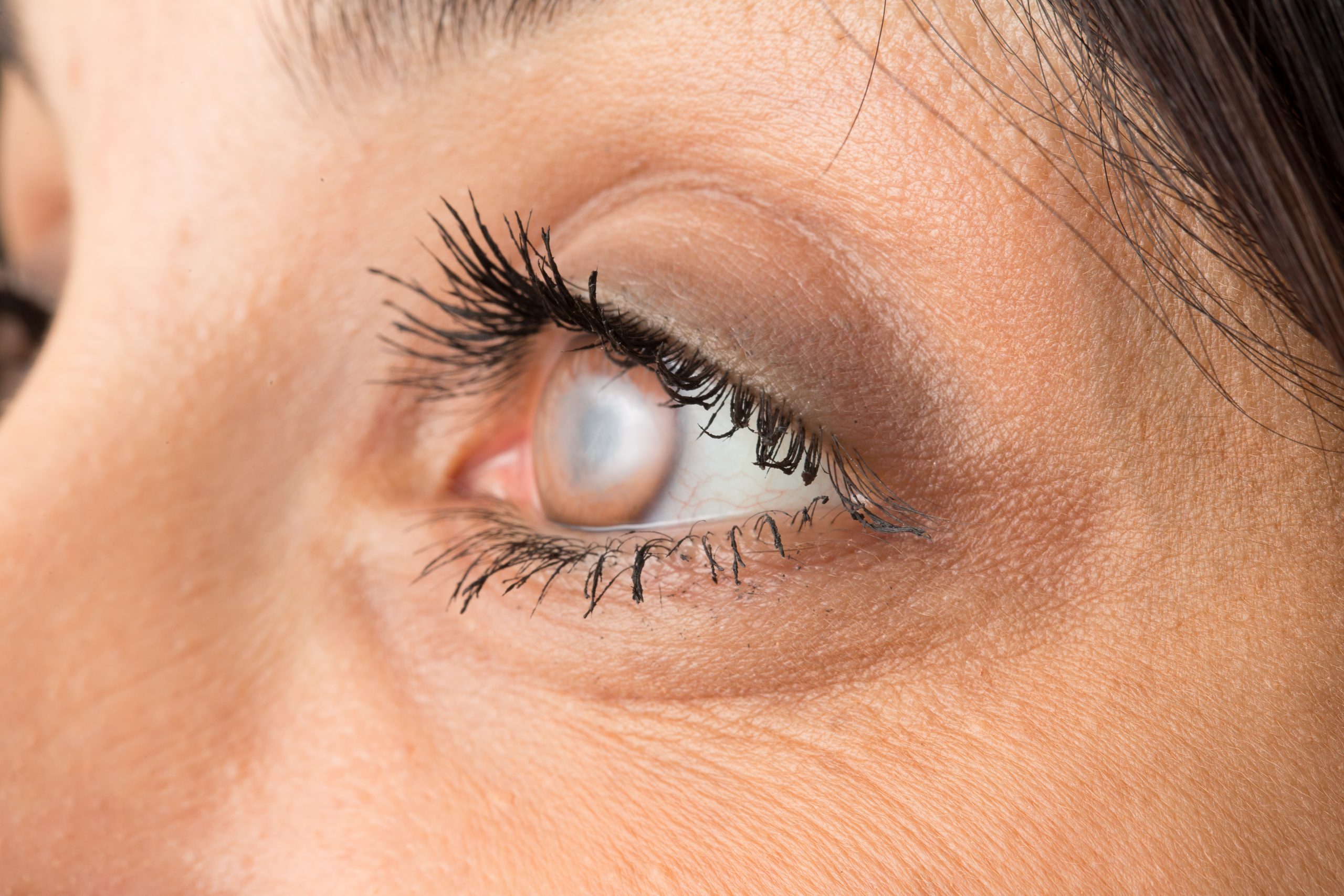
What are the symptoms of cataracts?
You might not have any symptoms at first, when cataracts are mild. But as they grow, cataracts can cause changes in your vision. For example, you may notice that:
- Your vision is cloudy or blurry
- Colors look faded
- You can’t see well at night
- Lamps, sunlight, or headlights seem too bright
- You see a halo around lights
- You see double (this sometimes goes away as the cataract gets bigger)
- You have to change the prescription for your glasses or contact lenses often
Talk with your eye doctor if you have any of these symptoms — they could also be signs of other eye problems.
What is glaucoma?
Glaucoma is a group of eye diseases that can cause vision loss and blindness by damaging a nerve in the back of your eye called the optic nerve.
The symptoms can start so slowly that you may not notice them. The only way to find out if you have glaucoma is to get a comprehensive dilated eye exam.
There’s no cure for glaucoma, but early treatment can often stop the damage and protect your vision.
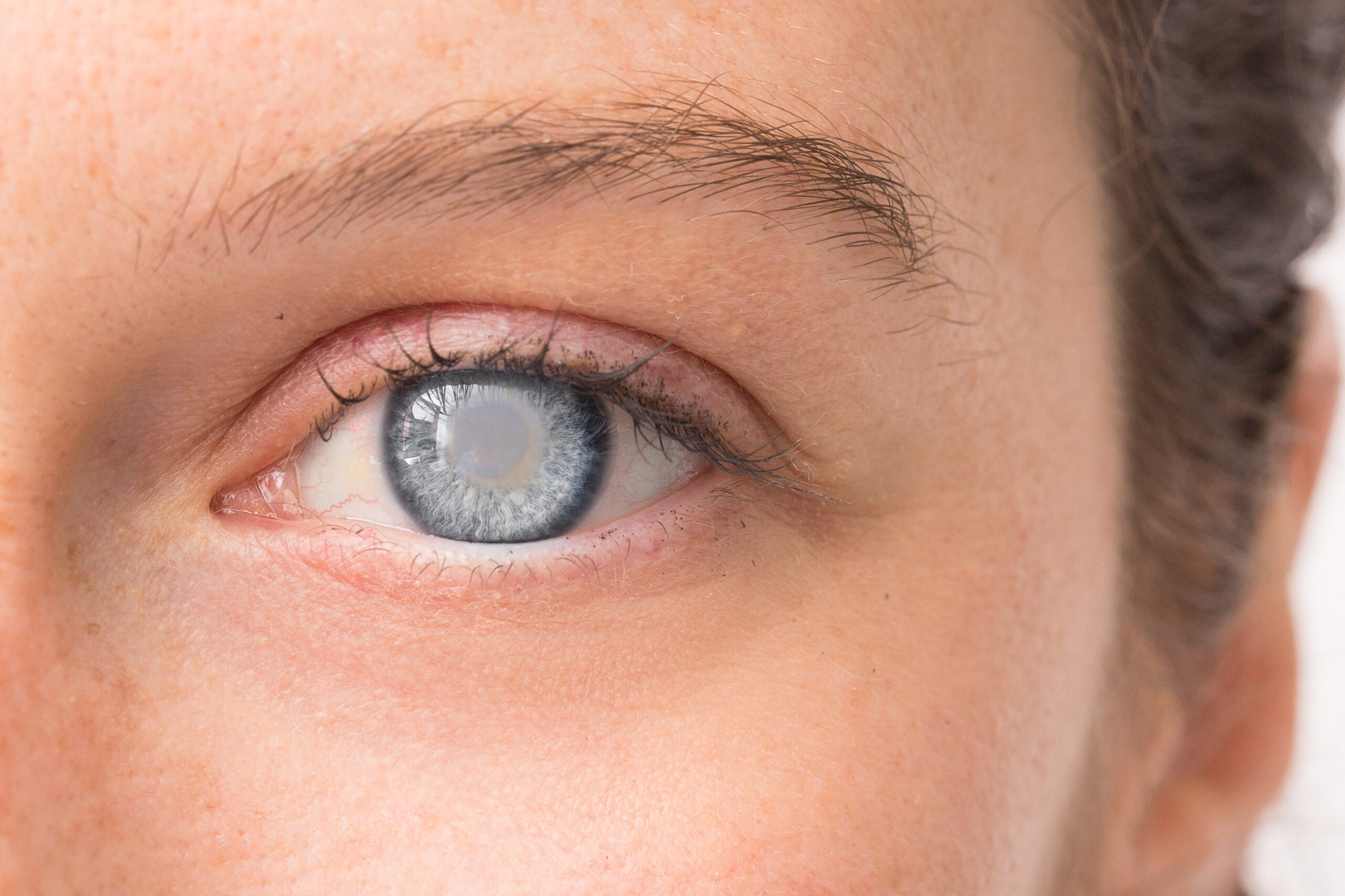
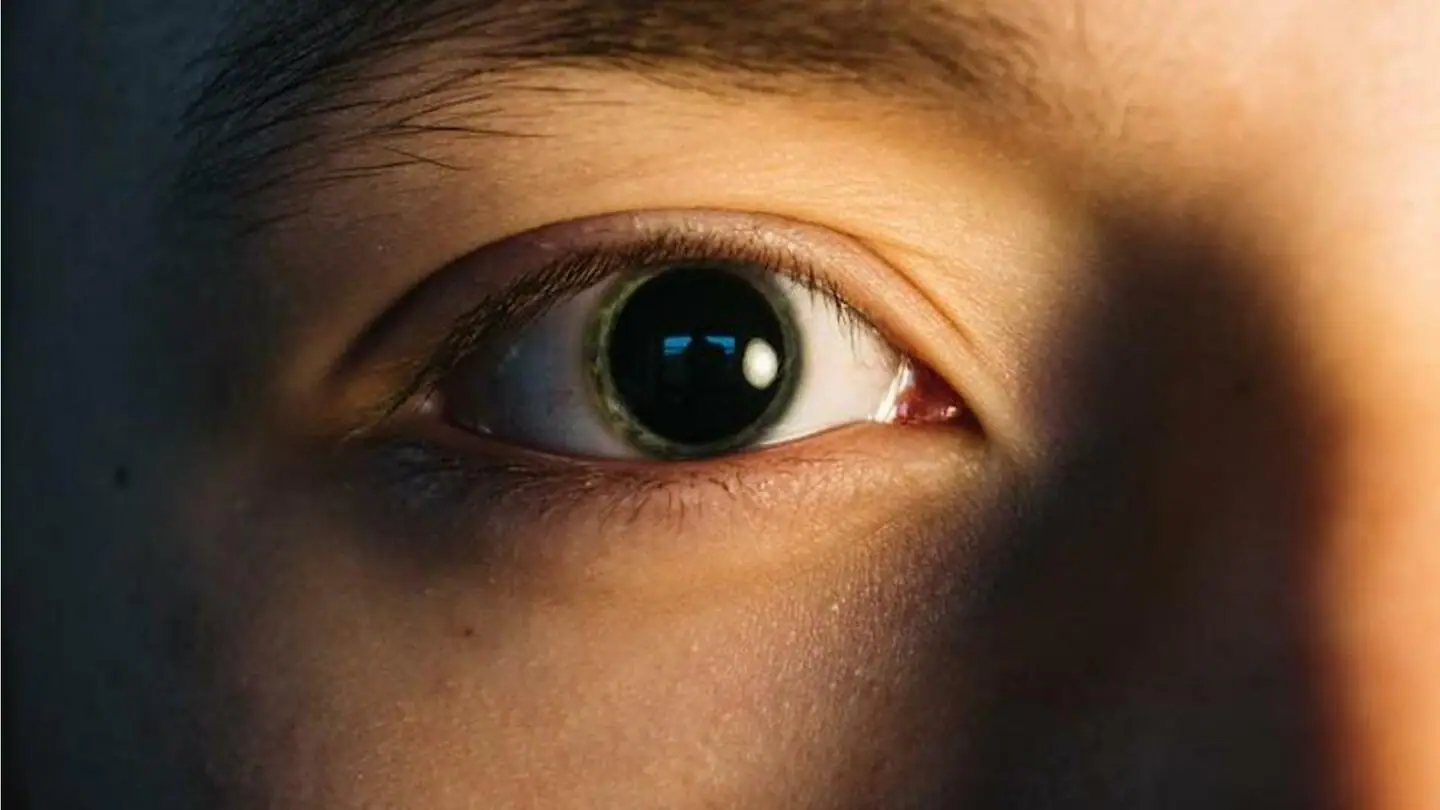
What are the types of glaucoma?
What is diabetic retinopathy?
Diabetic retinopathy is an eye condition that can cause vision loss and blindness in people who have diabetes. It affects blood vessels in the retina (the light-sensitive layer of tissue in the back of your eye).
If you have diabetes, it’s important to get a comprehensive dilated eye exam at least once a year. Diabetic retinopathy may not have any symptoms at first — but finding it early can help you take steps to protect your vision.
Managing your diabetes — by staying physically active, eating healthy, and taking your medicine — can also help you prevent or delay vision loss.
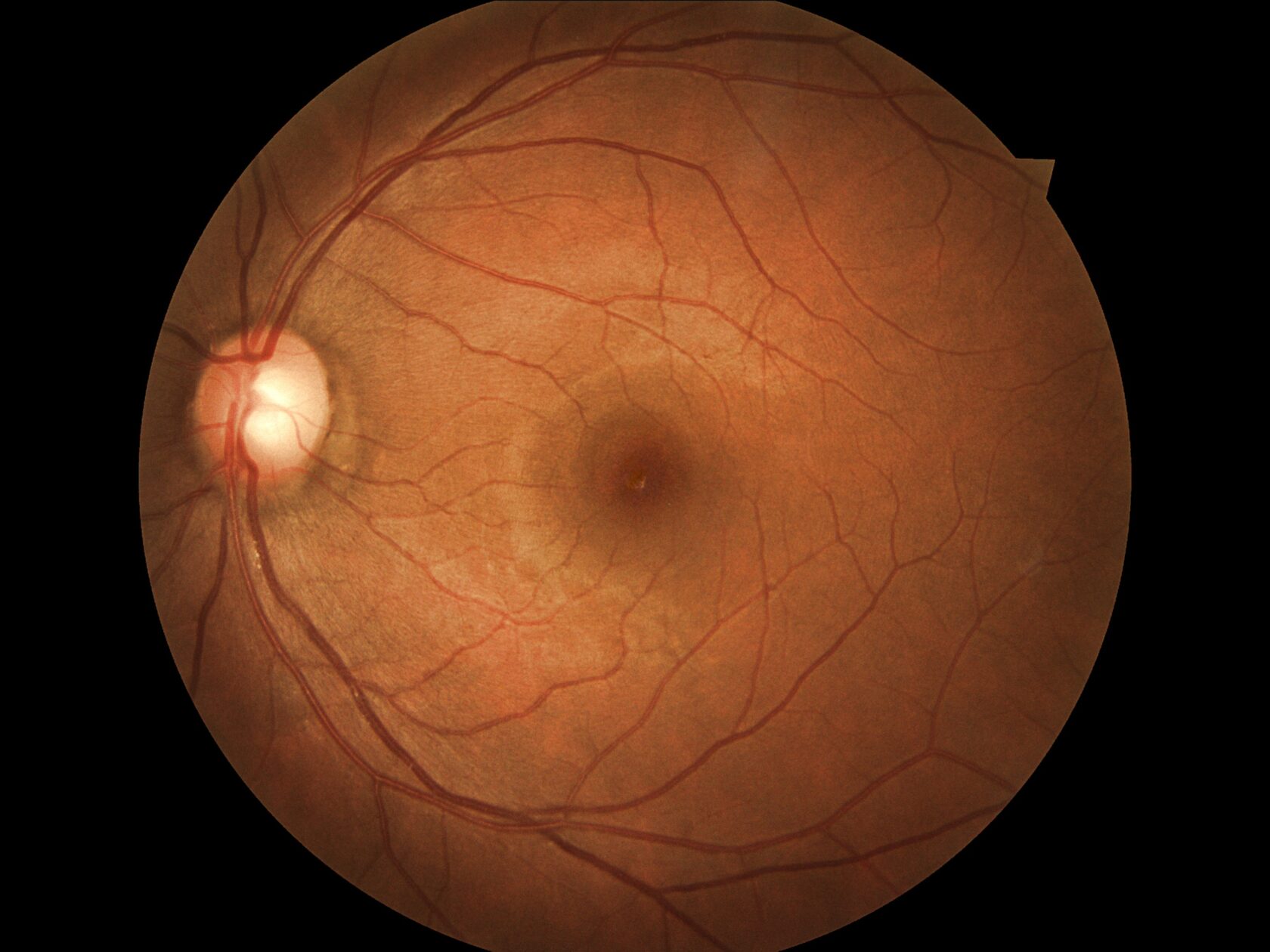
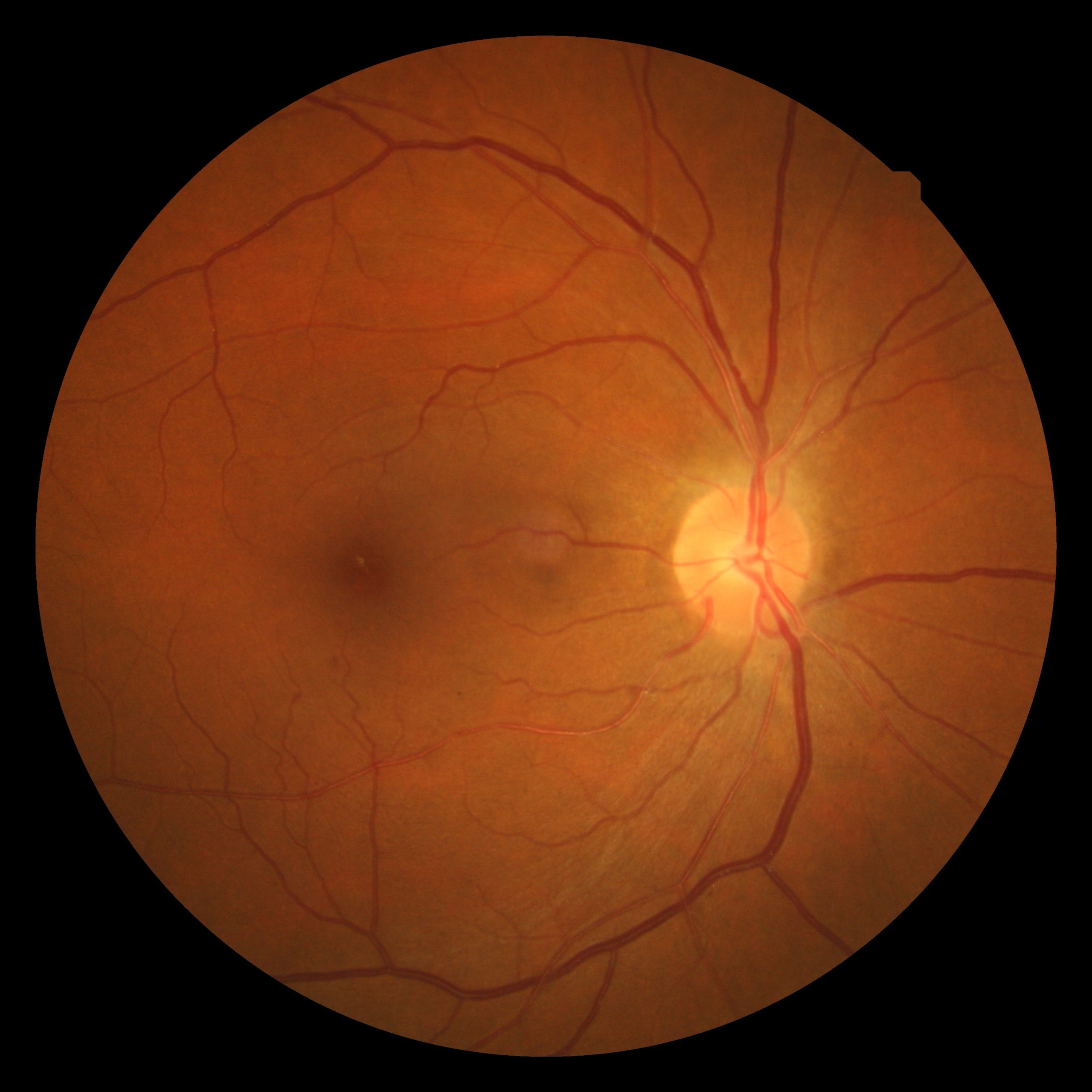
What are the symptoms of diabetic retinopathy?
The early stages of diabetic retinopathy usually don’t have any symptoms. Some people notice changes in their vision, like trouble reading or seeing faraway objects. These changes may come and go.
In later stages of the disease, blood vessels in the retina start to bleed into the vitreous (gel-like fluid that fills your eye). If this happens, you may see dark, floating spots or streaks that look like cobwebs. Sometimes, the spots clear up on their own — but it’s important to get treatment right away. Without treatment, scars can form in the back of the eye. Blood vessels may also start to bleed again, or the bleeding may get worse.
WHY YOU CHOOSE US
Flexible & Responsive to Changing Need
- Residency: St. Vincent’s Medical Center - Internal Medicine, Catholic Medical Center, NY - Ophthalmology
- Board Certification: Board of Ophthalmology
- Languages Spoken: Italian, Spanish
- Address: 914 Bay Ridge Parkway, Brooklyn, NY 11228
- Phone: 718-748-5700